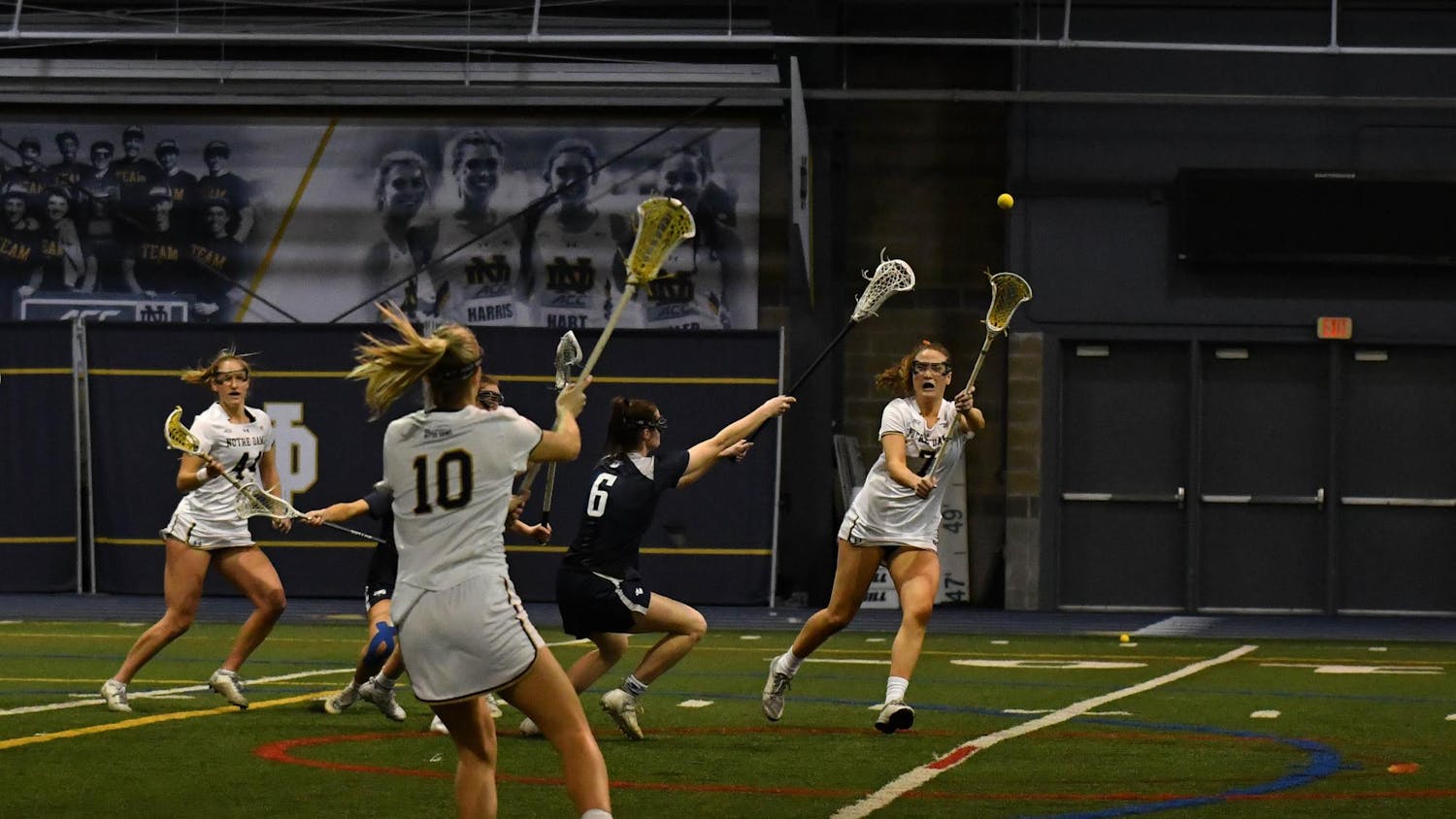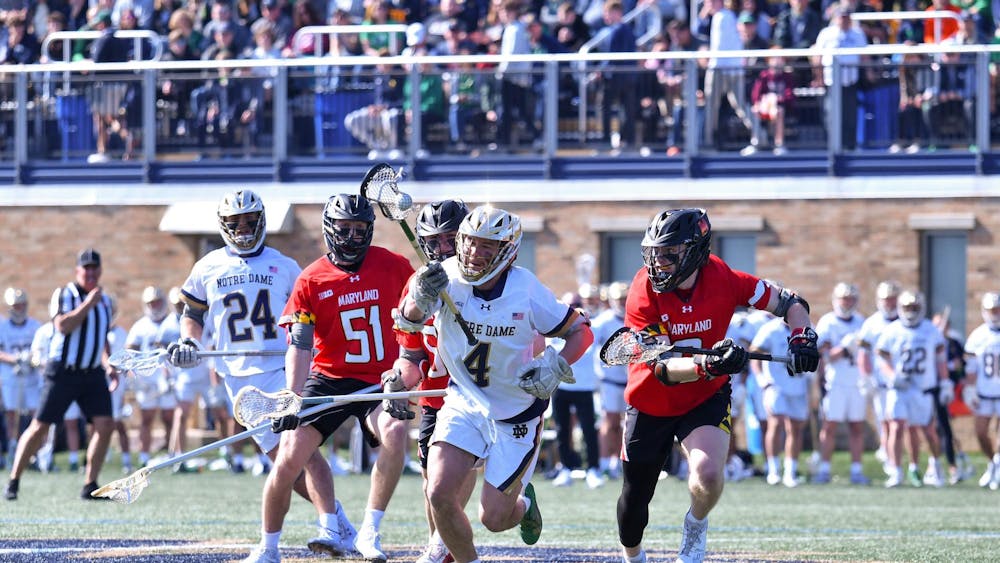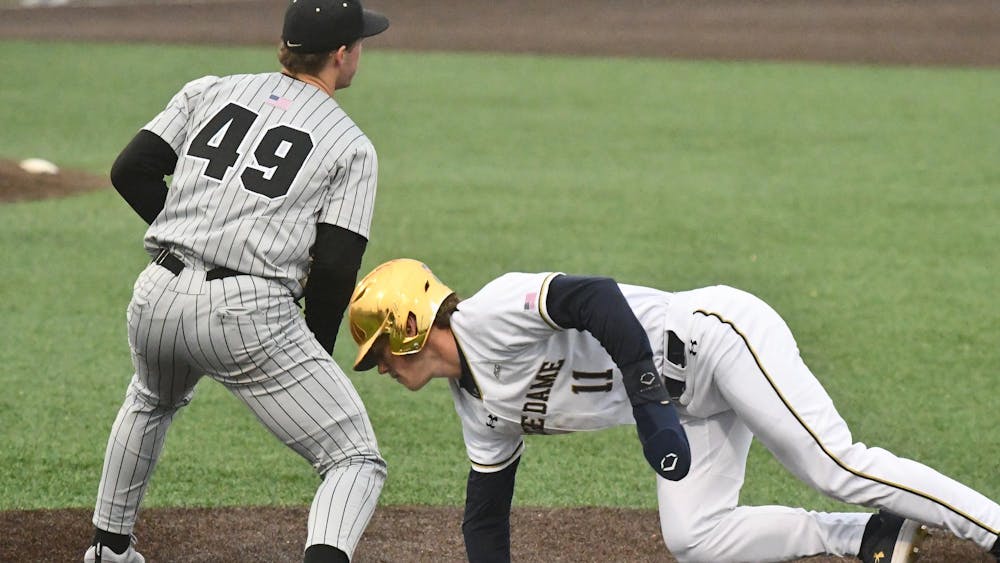With the World Series now finished, the baseball world has collectively turned itself to its winter-long offseason.
Of course, easily the most notable facet of the offseason in any sport is free agency. Like it has the last three years, baseball’s offseason began last week with teams presenting their top free agents with qualifying offers. A supposed preemptive measure in losing prized players, the qualifying offer so far has proven nothing in its three-plus years to suggest it deserves to be a continued practice in Major League Baseball.
Even to fans of the sport, the qualifying offer can be a little confounding. The qualifying offer itself is a one-year contract that teams can offer their impending free agents that makes the team eligible for draft pick compensation should the player choose to sign elsewhere. The contract’s amount is fixed based on an average of the league’s top 125 salaries. This year’s amount has been set at $15.8 million. Should the player decide to reject the qualifying offer, the team that eventually signs him must forfeit its top draft pick for the next season (if it is outside the top 10).
The success of the qualifying offer has been dubious in its practice. Since being introduced to the league, a total of zero players have actually accepted the offer, all of whom chose to instead test the waters of free agency. Sure, the sample size has been small — 30 players in the last three seasons were offered — but it’s clear most players are indifferent to the idea of taking a one-year contract in comparison to longer deals in free agency. Some around baseball have even started to believe there’s a stigma associated with actually accepting the contract since everyone with the chance has refused.
This offseason poses interesting circumstances for the qualifying offer as a record 20 such offers were handed out last week. With the number of offers increased, it does seem that some mediocre players (pitchers Ian Kennedy and Brett Anderson come to mind) were given qualifying offers. Because it seems the talent level deemed worthy of the qualifying offer has decreased, this offseason should give indication as to whether any player will ever actually accept the deal. If no player chooses to accept the offer this year, then it should be a clear sign to the MLB that the qualifying offer should be removed — or, at the very least, reformed.
The only comparable practice in sports is the NHL offer sheets, which are utilized when a team attempts to sign restricted free agents of other teams. Teams are then given the opportunity to match the offer that another team has presented their free agent. In the salary cap era, only one player has actually changed teams due to an offer sheet.
But while there are clear reasons why the NHL’s offer sheet exists — they allow NHL teams the right to resign their restricted free agents and have induced several trades — the purpose of the MLB’s qualifying offers is less transparent. It seems many teams are now willing to arbitrarily hand out offers for draft pick compensation. With baseball’s current collective bargaining agreement set to expire around this time next year, another shutout of accepted qualifying offers this year should lead to 2016 adjustment.













